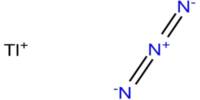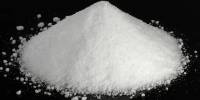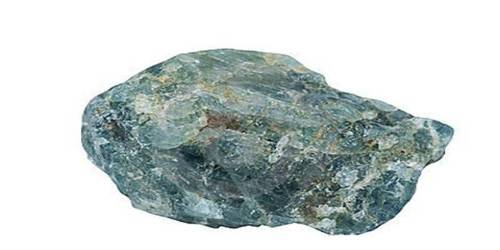Achávalite is a selenide mineral that is a member of the nickeline group. It has only been found in a single Argentinian mine system, being first discovered in 1939 in a selenide deposit. The type locality is Cacheuta mine, Sierra de Cacheuta, Mendoza, Argentina.
General information
- Category: Selenide mineral
- Formula: (Fe,Cu)Se
- Crystal system: Hexagonal
- Crystal class: Dihexagonal dipyramidal (6/mmm)
- Formula mass: 134.81 g/mol
- Color: Dark grey
- Luster: Metallic
- Streak: Grey-black
- Diaphaneity: Opaque
- Specific gravity: 6.53

Chemical formula – These are limited to a single typographic line of symbols, which may include subscripts and superscripts. A chemical formula is not a name, and it contains no words. Although a chemical formula may imply certain simple chemical structures, it is not the same as a full chemical structural formula. Chemical formulas can fully specify the structure of only the simplest of molecules and chemical substances, the simplest types of chemical formulas are called empirical formulas, which use letters and numbers indicating the numerical proportions of atoms of each type. Molecular formulas indicate the numbers of each type of atom in a molecule.
Physical Properties of Achávalite
- Lustre: Metallic
- Transparency: Opaque
- Colour: dark grey
- Streak: grey-black
- Hardness: 2½ on Mohs scale
- Density: 6.58 g/cm (Calculated)
Chemical Properties of Achávalite
- Formula: (Fe,Cu)Se
- IMA Formula: FeSe
- Elements listed: Fe, Se – search for minerals with similar chemistry
Crystal system – In crystallography, the terms crystal system, crystal family and lattice system each refer to one of several classes of space groups, lattices, point groups or crystals. Informally, two crystals are in the crystal system if they have similar symmetries, though there are many exceptions to this. Space groups and crystals are divided into seven crystal systems according to their point groups, five of the crystal systems are essentially the same as five of the lattice systems, but the hexagonal and trigonal crystal systems differ from the hexagonal and rhombohedral lattice systems.
Crystal class – For a periodic crystal, the group must also be consistent with maintenance of the three-dimensional translational symmetry that defines crystallinity. The macroscopic properties of a crystal would look exactly the same before, in the classification of crystals, each point group is also known as a crystal class. There are infinitely many three-dimensional point groups, however, the crystallographic restriction of the infinite families of general point groups results in there being only 32 crystallographic point groups.
Information Source:
















